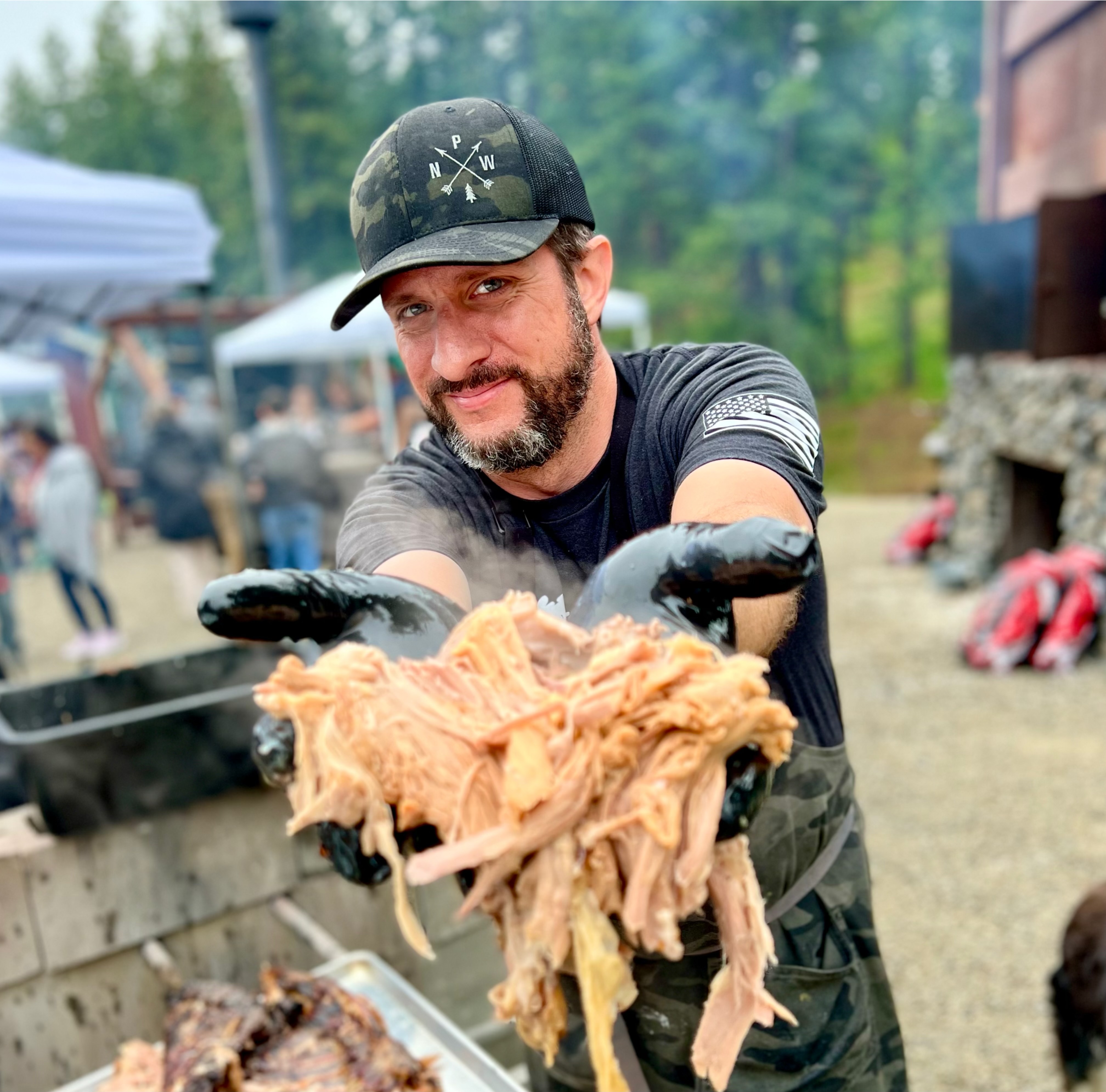Steak and Chimichurri Sandwich
This steak and chimichurri sandwich is one of the best things I’ve eaten in a long time! I was planning on making a New York strip steak with a side of that herbaceous sauce, but wanted to do something extra with it. Putting steak slices…
























